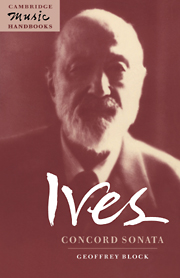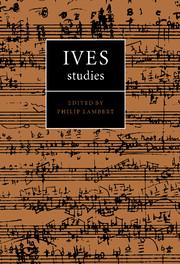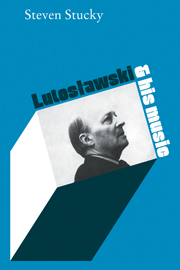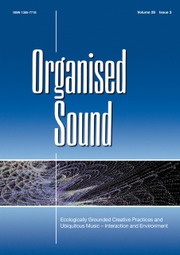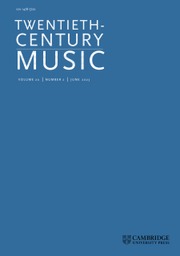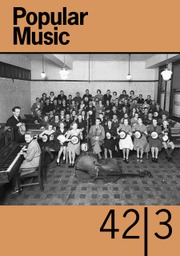Ives: Concord Sonata
Charles Ives's massive Concord Sonata, his second sonata for piano, named after the town of Concord in Massachusetts, is central to his output and clearly reflects his aesthetic perspective. Geoffrey Block's wide-ranging 1996 account of the work thus provides an ideal introduction to this fascinating composer. As well as a discussion of the Sonata's reception history from 1920 to the time of publication, and a chapter on its compositional genesis, this handbook includes a detailed narrative of the motivic content as well as a historical and analytical survey of the work's borrowings, both certifiable and newly proposed. The programmatic element of the Sonata is explored in the context of Ives's personal vision of four literary subjects associated with the town of Concord between 1840 and 1860: Emerson, Thoreau, Hawthorne, and the Alcotts.
- A comprehensive study of one of Charles Ives's most important large-scale works, the Concord Sonata for piano
- Provides a complete history of borrowed musical material (eg. quotes from Beethoven, Wagner, Debussy)
- Takes a new approach to the ideas behind the work, presenting Ives's vision of four Concord Transcendentalists (Emerson, Thoreau, Nathaniel Hawthorne, Bronson Alcott)
Product details
April 2011Adobe eBook Reader
9780511888175
0 pages
0kg
1 table 31 music examples
This ISBN is for an eBook version which is distributed on our behalf by a third party.
Table of Contents
- 1. Introduction
- 2. Reception
- 3. Genesis
- 4. Form and design
- 5. Borrowing
- 6. The programme.

